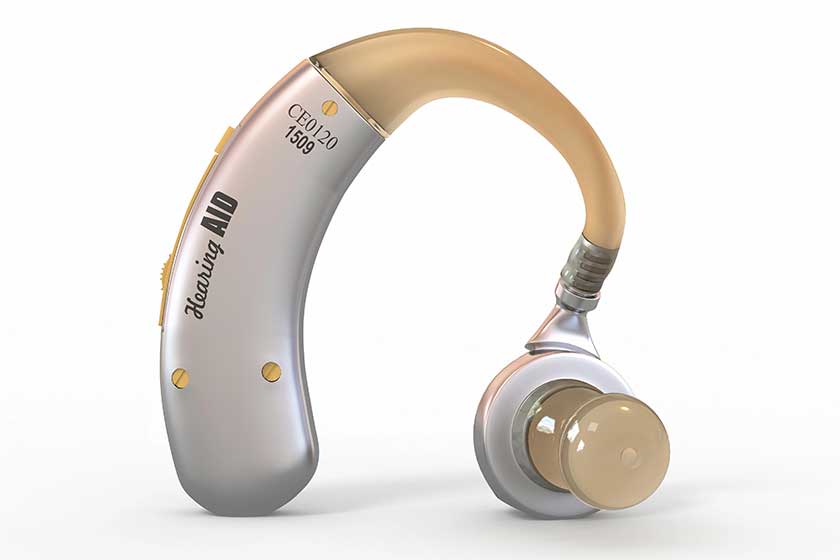Hearing aids are vital devices that enhance the auditory experience, particularly for individuals transitioning into a retirement community. These devices provide the clarity needed to enjoy conversations, engage in community activities and maintain a connection with the world. Optimizing these aids not only improves sound quality but also ensures comfort and ease in your daily interactions. Here are several strategies to ensure your aids perform at their best.
Understanding Your Device
The first step in optimizing hearing aid performance is understanding how they function. Hearing aids consist of a microphone, amplifier and speaker. The microphone captures sound, which is then amplified to a comfortable level and transmitted into the ear through the speaker. Familiarizing yourself with these components and how they work together helps you manage your device more effectively and troubleshoot any issues that may arise.
Professional Setup and Consultation
A crucial aspect of maximizing hearing aid effectiveness is the initial setup. It is advisable to consult with a hearing care professional who can tailor the device settings to your specific hearing needs. These experts can also guide you on how to wear and care for your device properly, ensuring that it delivers optimal performance. Regular check-ups with your audiologist can help maintain the device’s effectiveness and make necessary adjustments as your hearing needs change.
Adjusting to Your Environment
Hearing aids can be fine-tuned to perform well in various auditory environments, a feature particularly useful in a retirement community where settings can range from quiet lounges to bustling dining halls. Modern aids often feature environment-specific settings that automatically adjust to background noise levels, enhancing speech while minimizing disruptive sounds. Learning to switch between these settings or using a device that adjusts automatically can significantly improve your hearing experience.
Maintain and Care for Your Device
Regular maintenance is key to sustained hearing aid performance. This includes daily cleaning to remove earwax or debris that can block the microphone and reduce sound quality. Many devices come with specialized tools designed for safe cleaning. Additionally, ensure that batteries are replaced or charged as needed to keep the device functioning properly.
Dealing with Feedback and Noise
Feedback, a common issue with hearing aids, can cause annoying whistling sounds that disrupt hearing. This usually occurs if the device is not seated properly in your ear or if the volume is set too high. Adjusting the fit of your hearing aid or consulting with your audiologist can help minimize or eliminate feedback, allowing for clearer hearing without interruptions.
Embracing Technology for Enhanced Control
With advancements in technology, many aids now connect to smartphone applications. These apps offer an intuitive way to control your aids, allowing you to adjust settings such as volume and sensitivity without manual adjustments. Utilizing these applications can make it easier to manage your aids discreetly and efficiently.
Community and Support
Adjusting to hearing aids can be a challenge, but you do not have to face it alone. Engaging with a community of peers who also use aids can provide support and practical advice. Retirement communities often offer access to senior living amenities and health and fitness programs that include support groups where you can share experiences and tips with others facing similar challenges.
Optimizing them involves more than just technical adjustments; it encompasses understanding your device, regular maintenance and using technology to enhance control and comfort. By following these guidelines, you can greatly improve your hearing experience, making everyday interactions in your retirement community more enjoyable and fulfilling.







